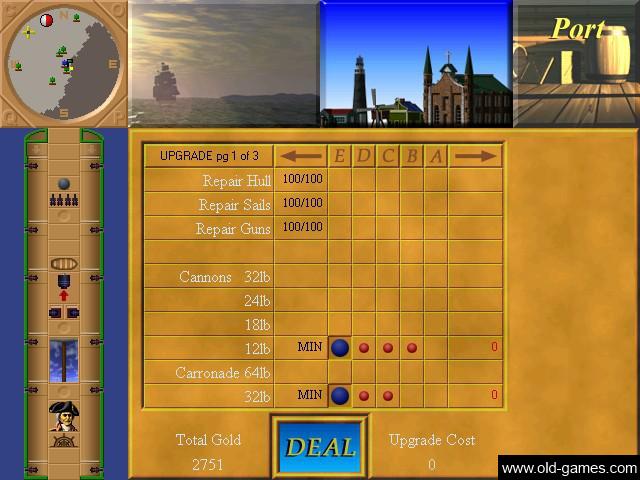
Steer ships into or out of berths, or signal tugboat captains to berth or unberth ships.They also direct courses and speeds of ships, based on specialized knowledge of local winds, weather, water depths, tides, currents, and hazards. Coast Guard with limitations indicating class and tonnage of vessels for which license is valid and route and waters that may be piloted. Better for very small gangs, since it will need to fend for itself more and have more firepower.Ship Pilots command ships to steer them into and out of harbors, estuaries, straits, or sounds, or on rivers, lakes, or bays.

In other words, more damage, less boosts. Better for large groups, since there will more backup to make up for the lack up firepower.įield command ships are geared more towards out-and-out combat than their fleet command counterparts, though both ships can hold their own in battle. In other words, less damage, more boosts. There are two types of command ships: fleet command ships and field command ships.įleet command ships represent the ultimate in warfare link efficiency while not packing the punch of their field command counterparts, the boosts they give their comrades in combat make them indispensable assets to any well-rounded fleet. Fleet command ships represent the ultimate in warfare link efficiency while not packing the punch of their field command counterparts, the boosts they give their comrades in combat make them indispensable assets to any well-rounded fleet. Sporting advanced command module interfaces, these vessels are more than capable of turning the tide in large engagements.

Command ships are engineered specifically to wreak havoc on a battlefield of many.


 0 kommentar(er)
0 kommentar(er)
